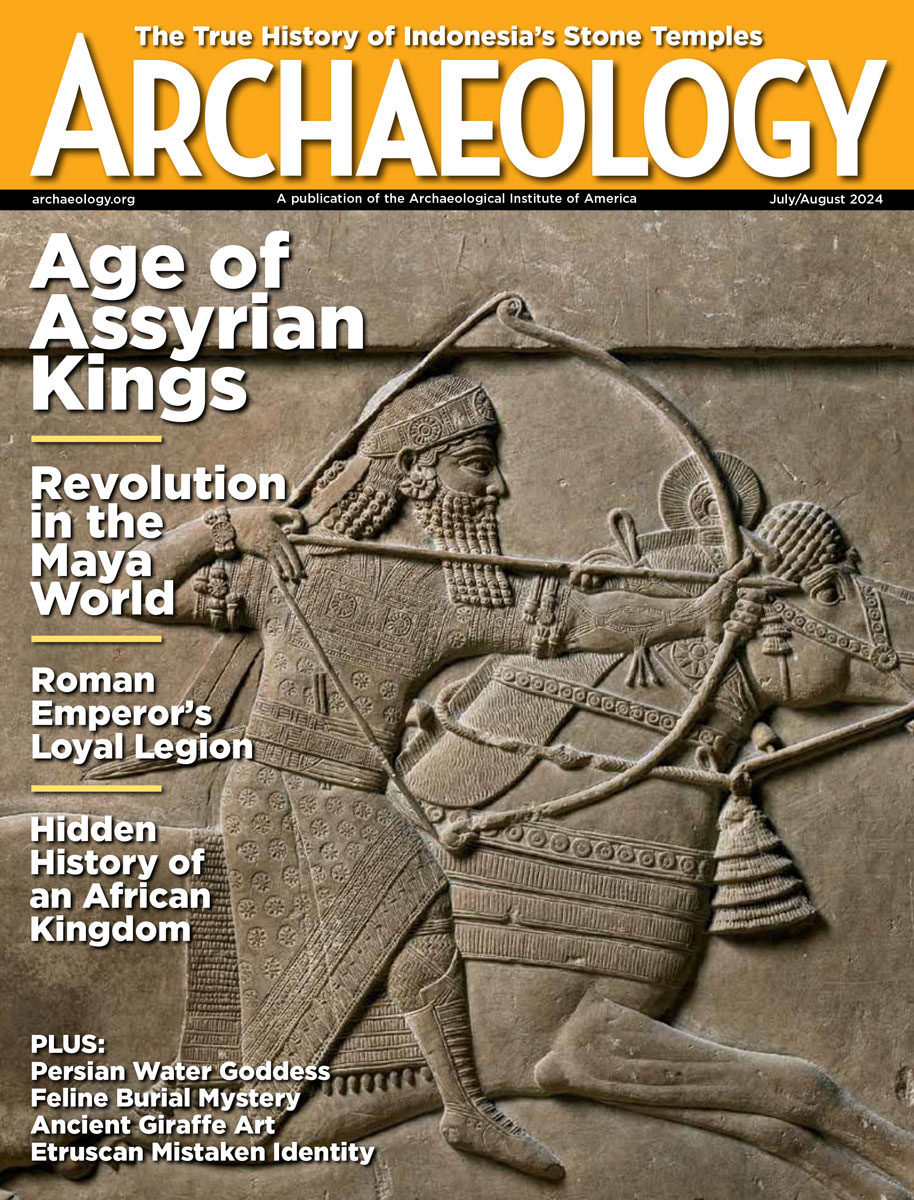Friday, July 13
July 13, 2012
Carbon dating has shown that human coprolites from Oregon’s Paisley Caves are 14,500 years old, making them the earliest direct evidence of people in America. Fragments of stone tools that differ from Clovis tools have also been found in the caves. “It looks like you’ve got a separate group of people on the landscape, and these people are making different kinds of arrowheads or spear points,†said Dennis Jenkins of the University of Oregon.
This article from Nature News combines the information gleaned from the Paisley Caves coprolites and David Reich’s recent genetic study, which suggests that three waves of migration from Asia populated the New World. (The Harvard Medical School researcher and his team analyzed genetic variants from 52 different groups of modern Native Americans.) The two studies support the idea that people traveled across the Bering land bridge some 15,000 years ago, and moved down the Pacific coastline to the tip of Chile. The spread inland happened later. “There’s going to be a big learning curve if you come by land. If you’re coming along the coast, the sea mammals are pretty consistent and you can move quickly,†commented Michael Waters of Texas A&M University.
Near the ancient coastlines of the Estonian island of Saaremaa, in the town of Salme, archaeologists are excavating ships used for the burial  of men who were killed in battle. The oldest of the ships dates back to 750 A.D. “We have discovered typical Salme materials from here, such as swords, rivets, arrowheads, a sheath for a whetstone, and a bunch of modern trash that has been mixed in with the ship’s materials,†said Ragnar Saag of the University of Tartu. An intact, double-edged sword was uncovered earlier this week.
A musket, a sword, and the neck of a wine bottle were recovered from an eighteenth-century shipwreck  off the coast of St Augustine, Florida. Previous expeditions to the wreck by the St Augustine Lighthouse Archaeological Maritime Program have yielded cauldrons, a flintlock pistol, cannons, and a ship’s bell. The artifacts are heavily coated with concretions.
The skeleton of a late nineteenth-century cow  turned up in Granger, Indiana, near a shopping plaza. The cow had been buried with stones fashioned of cement and carved with symbols. “The first one appears to be a Bible and that one you find all the time on tombstones. The second one is a little bit more abstract. It could be a dove or it could be a flame,†said Jay Vanderveen of Indiana University South Bend. Archaeologists are looking for a possible cemetery at the site.
Today’s scientists are concerned about protecting future archaeologists  from nuclear waste dumps. What language will those people speak? “The future will be radically different from today. We have no idea how humans with think,†said Anders Högberg of Linnaeus University.
- Comments Off on Friday, July 13









